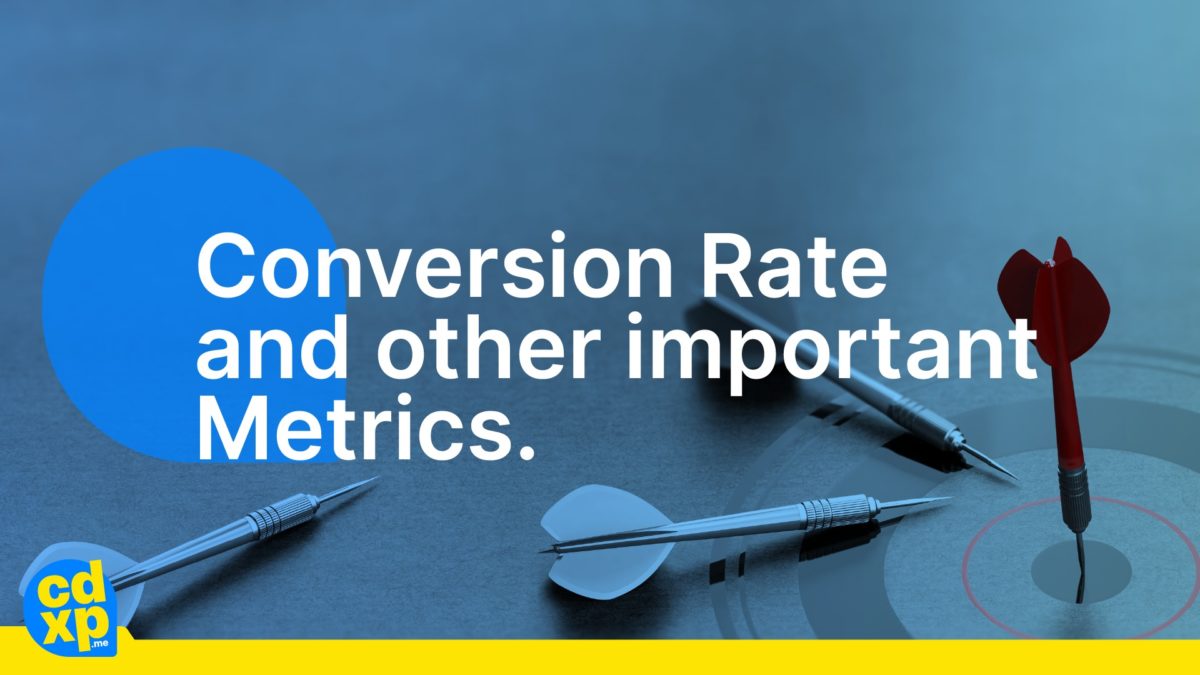The performance of email marketing campaigns can be tracked and measured in many different ways. When evaluating properly you can get to know your audience, see exactly what in your business is working, what isn’t, what can be improved, and build up a strategy accordingly.
It’s very important to evaluate data like this in every business. In this article, we are going through the most important email marketing metrics for evaluating campaigns.
Email Marketing Metrics
It’s important to know what each of the metrics represents in order to get the most out of it.
Let’s start with the most important metrics:
Open rate
Open rate is the number of emails opened divided by the number of emails delivered.
It’s a simple and very effective metric because it tells you how many recipients opened your emails (and thus if your campaign is likely to succeed).
It usually falls within the range of 15 – 25% (depending on the industry).
Open Rate = emails opened / emails delivered * 100
(multiplied by 100 to express as a percentage)
If you noticed low open rates, it’s usually helpful to start experimenting with different subject lines through A/B testing. This way you’ll see which ones your audience likes the most.
Conversion rate
Conversion rate is the number of users who took the specific action (purchase, download, signup…) divided by the number of emails delivered to the recipients.
It’s the percentage of subscribers who completed an action after reading your email. This metric indicates how effective your email marketing is. It also determines your return on investment (ROI).
Conversion Rate = conversion / emails delivered * 100
Click-through rate
The Click-through rate is the number of clicks a user makes divided by the number of emails delivered.
This metric helps to define if a customer is interested in your products/services and measures if your campaign has generated engagement.
Click-through Rate = clicks / emails delivered * 100
What can you do if you struggle with low Click-through rates?
You can start experimenting with sending personalized and relevant content to your recipients. For this, it’s helpful to segment your audience by their age, profession, location…
Bounce rate
Bounce rate means that an email doesn’t reach the mailbox of the recipient. It is represented by the number of emails bounced divided by the number of emails sent.
The ideal bounce rate should be less than 2% (again this depends on the industry).
There are 2 types of bounces – soft bounces and hard bounces.
Bounce rate = emails bounced / emails sent * 100
How to prevent bouncing?
One of the best options is implementing a double opt-in. This way you can reduce the number of fake subscribers.
Soft Bounce
A soft bounce is a pretty frequent matter. Soft bounces are the result of a temporary problem and can be caused by server overload or the full inbox of the recipient.
Hard Bounce
Hard bounces are the result of an invalid, closed, or non-existent email address. Hard bounces are used heavily by internet service providers to determine an email sender’s reputation. Thus, each hard bounce email address should be removed from your email list immediately.
Unsubscribe Rate
Unsubscribe rate is the percentage of email recipients who unsubscribed from your send list after opening a given email. This metric tells you how many users are no longer interested in receiving emails from you. Unsubscribe rates should be below 0.5%.
Unsubscribe rate alone won’t give you the most accurate insights about the health of your email list. It’s because some of the subscribers are too lazy to unsubscribe from your list – they just stop opening your emails.
One of the good practices in email marketing is that each of your emails should have a clear opt-out option. This will help you build trust with your audience.
